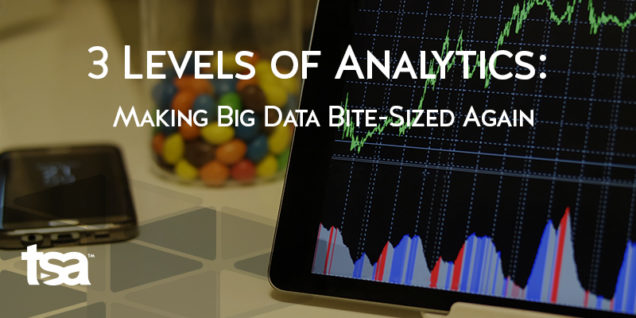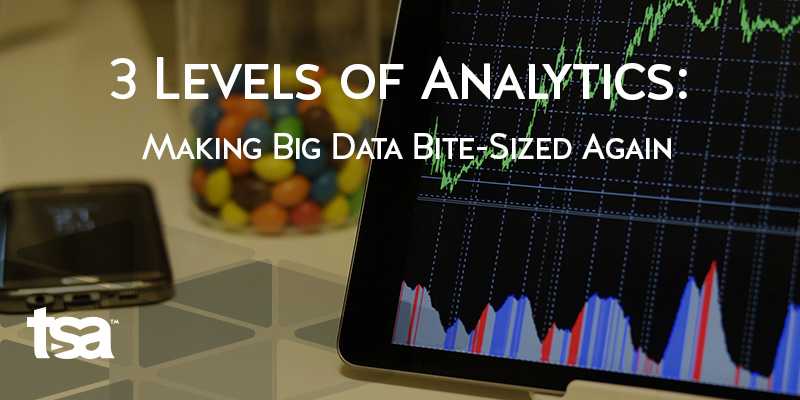The birthplace of analytics was not, in fact, in a techie’s basement in Silicon Valley or in some state of the art computer lab; rather, analytics first made its debut in Athens, Greece in 335 BC, thanks to the teachings of Aristotle himself. As such, reason was officially introduced to an awakening intellectual world. Scholars were trained to study the natural world with great care, document their findings, and then apply their gathered data to decipher more and more complex truths. It was the synthesis of many separate parts into a coherent whole. Sound familiar?
Humble Beginnings
While Aristotelian logic is a far cry from today’s big data or machine learning technologies, Aristotle’s epistemology of logical and critical assessment set the groundwork for centuries of exploration and discovery. And we are still reaping the benefits of the scientific method: a data-driven methodology to make better decisions over time.
Now that we know a bit about its early foundations, let’s talk about its current state of being. “Analytics” is a sweepingly broad term, so in the spirit of “breaking things down into manageable chunks,” let’s start by defining three primary categories within analytics: Descriptive, Predictive, and Prescriptive.
Descriptive Analytics: What happened?
The term “descriptive analytics” is relatively self-explanatory in that this form simply describes and summarizes raw data into a format that is interpretable by humans. As it is, big data is quite literally too big for us to consume, so descriptive analytics gives us bite size pieces in order to understand aspects of the collective whole. Using statistical analysis, it tells us what happened within a specific time in a company’s past, granting historical insight into workflow, operations, financials, customer satisfaction, inventory, market share, etc. Most of us know these historical records as reports, and we’ve been using them forever. So, while this concept isn’t new, this form of summary and reporting is a foundational step in the broader category of analytics.
So, now that we have the data compiled and summarized, what’s next?
Predictive Analytics: What will/could happen?
“Predictive analytics” is the next step in the data reduction process. However, it is no crystal ball or time machine—no statistical algorithm known to man can perfectly predict future outcomes. However, by comparing the aggregate historical data from, for example, ERP, CRM, HR, and POS systems, predictive analytics is able to provide insights, estimates, and “likelihoods” to corporations looking to better prepare for the future. Through these reports, companies are able to predict consumer purchasing patterns, stay ahead of social media trends, estimate the impact of market fluctuations, and forecast supply chain needs—the list goes on.
Most companies stop here at predictive analytics, but there is an additional step that can be taken if you’re willing to put in the work.
Prescriptive Analytics: What should we do?
“Prescriptive analytics” is the third stage of big data dissemination and, much like its descriptive cousin, it has a title that gives away its function. Instead of pharmaceuticals, prescriptive analytics uses a cocktail of algorithms, machine learning, and computational modeling procedures to provide companies with multiple courses of action for the future. This form of analytics not only predicts what will happen, it also predicts why it will happen and what you might be able to do to affect the outcome. Admittedly, this is a relatively new field and is somewhat difficult to implement, but if administered correctly, it can have massively positive effects within production, inventory, supply chain, marketing, as well as many other areas. And while we don’t yet have Asimov’s Machines1, many companies are finding intelligent ways to reliably apply predictive analytics to improve sales, find new buyers, and increase productivity.
What’s not to like about producing only what is necessary and providing exactly what is needed?
Final Analysis
Admittedly, it’s a fun thought experiment to imagine the amazement that Aristotle would experience in the face of today’s analytical technologies. Truly, his concepts of analysis and observation have been magnified a thousand-fold, and our world is better for it. If you want to eke out as much use as you can from your aggregate data, consider taking the next step—or more manageable bite—in analytics.
Are you ready to take the next step in your big data journey? Let us help you find the answers in your data.
- . Isaac Asimov first described this type of prescriptive AI as “the Machines” in his short story The Evitable Conflict released in June of 1950 in the magazine Astounding Science Fiction. ↩

